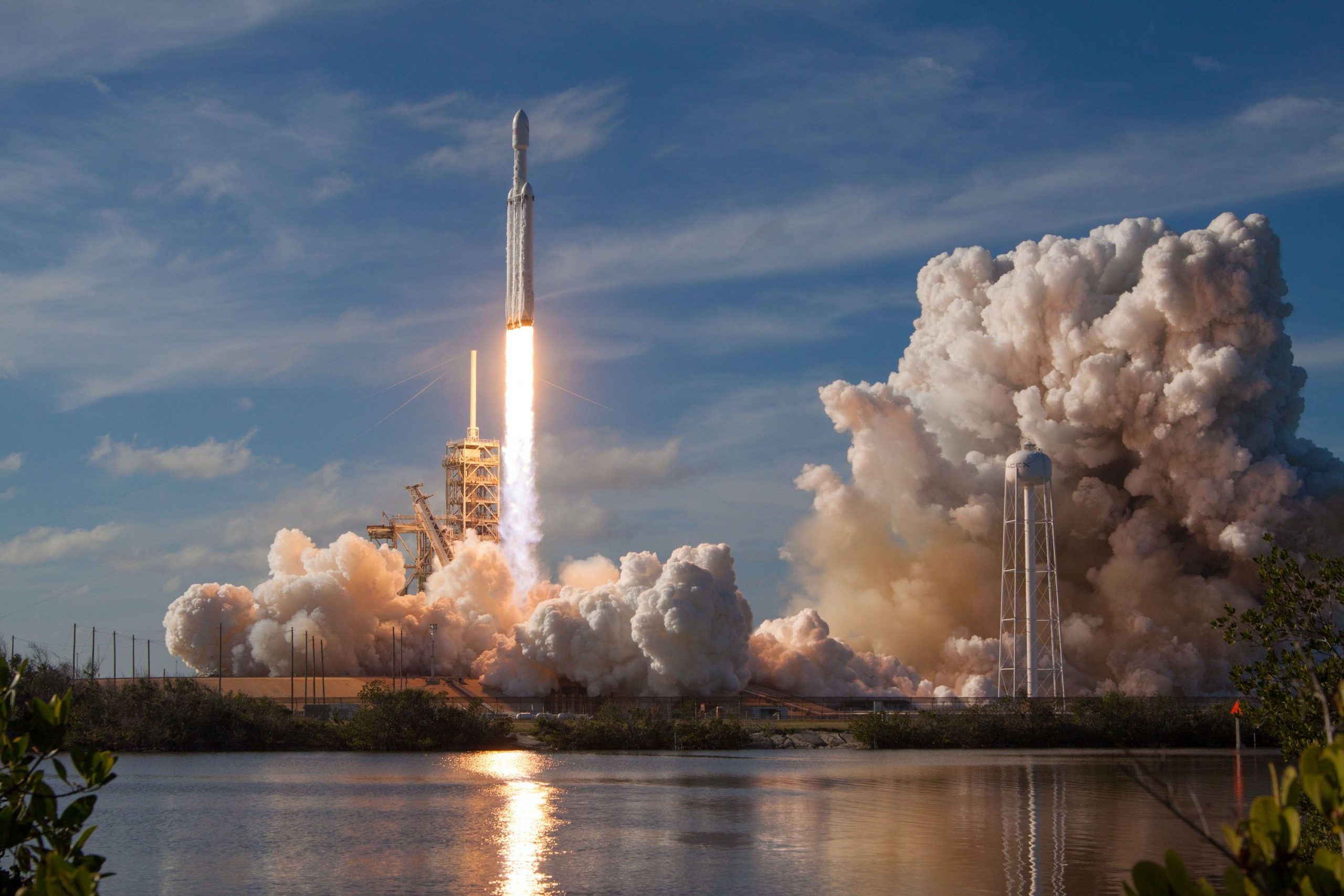Tweets from the US Space Command reported that large pieces of China’s Long March 5B rocket debris fell uncontrollably into the south-central Pacific Ocean on Friday. According to the European and American space agencies, the rocket had blasted off from southern China four days previously and the fragments were stages of the rocket used to deliver the third and final module of the Tiangong space station.
Also Read | What is COP27? Significance and all you need to know
According to Western space agencies, one of the fragments came from the rocket’s core stage, which was around 30 meters long and weighed 17 to 23 tonnes.
Spain’s air navigation authority had also shut down parts of its airspace for around 40 minutes. The authorities issued a statement that read, “The uncontrolled entry of remains from the Chinese space object CZ-5B in a descending orbit crossing our national territory.”
The incident on Friday was the fourth occurrence of Chinese rocket debris falling into the sea. Fragments from the rocket’s first launch in May 2020 damaged some structures in Ivory Coast. Debris from the rocket’s second and third launches fell into the Indian Ocean and near the Philippines, respectively. In 2023, a rocket with an identical design is anticipated to be deployed once more.
Also Read | Lunar Eclipse 2022: Indian cities that will witness the last lunar eclipse of this year
Lijian Zhao, spokesperson for the Chinese foreign ministry issued a statement that read, “reentry of the last stage of a rocket is an international practice”, and that the Long March 5B rockets are “designed with special technology; most of the components will burn up and be destroyed during the reentry process, and the probability of causing harm to aviation activities and on the ground is extremely low”.
China sends its largest payloads into space using the Long March 5B. The rocket features a large center booster and four smaller side boosters that detach after some time in space. However, the primary booster stage travels into orbit. According to the reports of the New York Times, Mengtian, a science laboratory module, was transported to Tiangong by a rocket for the most recent mission. The space station will establish a more permanent foundation in space than China’s past space stations, although being smaller than the International Space Station.







